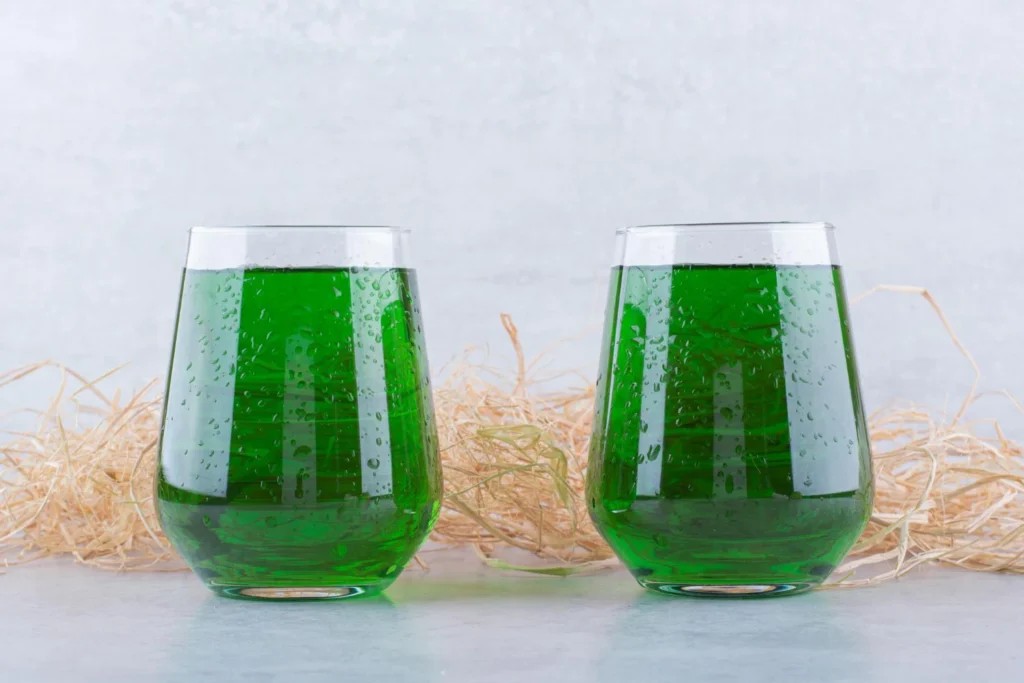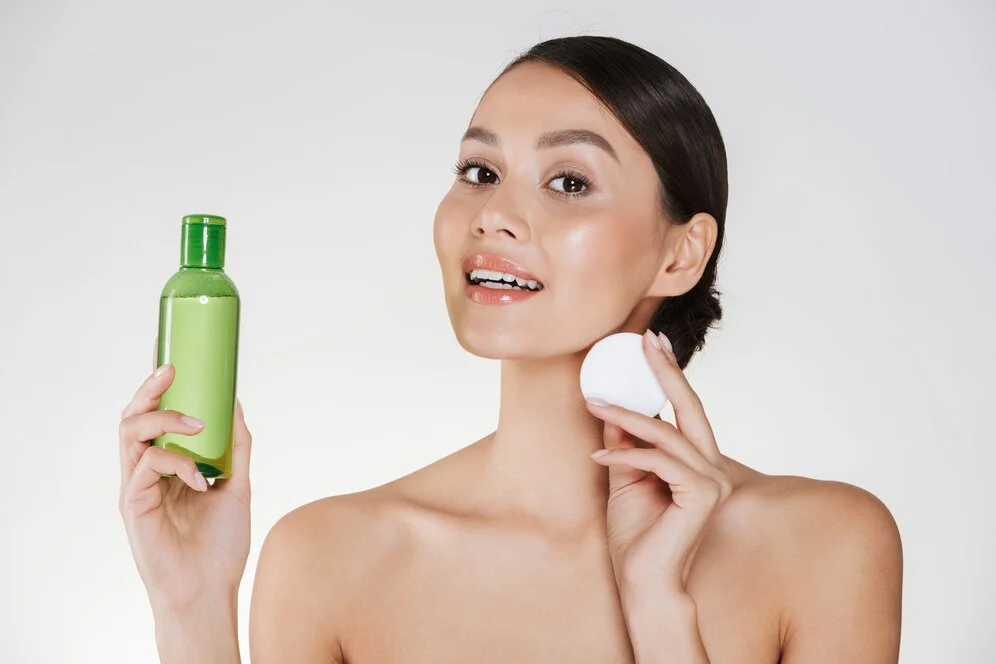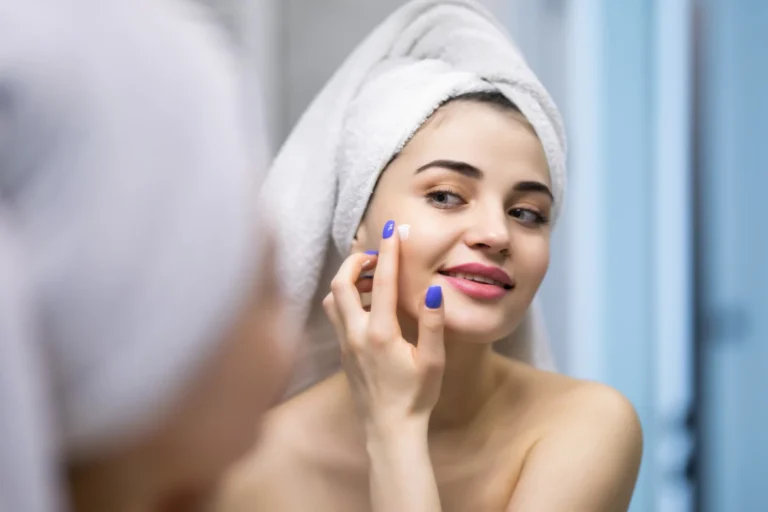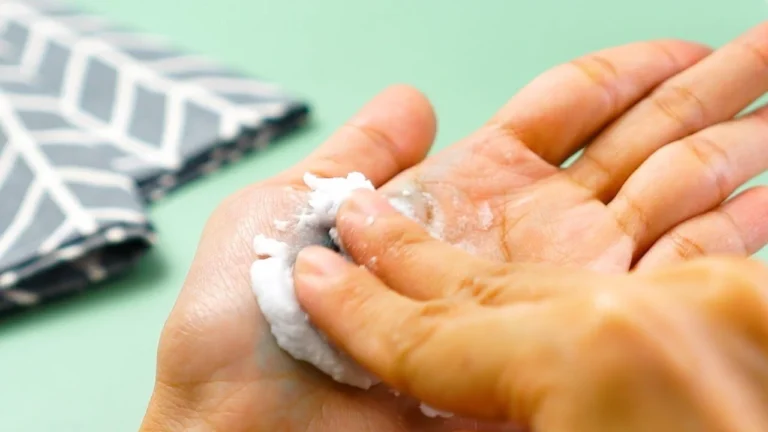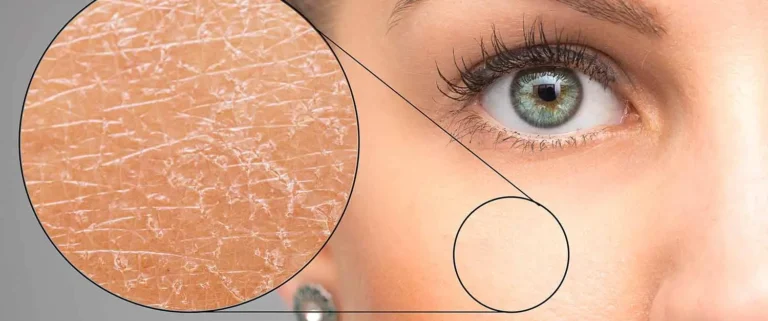Unraveling the Truth: Does Chlorophyll Water Help With Acne?
Are you tired of battling pesky acne breakouts? If so, you’re not alone. Acne affects millions of people worldwide, causing frustration and often leading to a quest for effective remedies. Amidst the plethora of skincare products available, have you ever considered the potential benefits of chlorophyll water? Yes, that’s right – the same green pigment found in plants. But can chlorophyll truly help with acne? Let’s delve into the science behind this natural compound and explore its potential as a skincare solution.
What Is Chlorophyll Water?
Chlorophyll is the green pigment found in plants that allows them to convert sunlight into energy through photosynthesis. While you can naturally consume chlorophyll by eating plant-rich foods like spinach, kale, and other veggies, some people opt for Chlorophyll Water as an alternative. This water contains chlorophyllin, the water-soluble form of chlorophyll. Chlorophyllin is a potent antioxidant that packs vitamins A, C, E, and K. But what can it really do for us?
How Does Chlorophyll Help with Acne?
Chlorophyll is believed to potentially aid in managing acne through its purported detoxifying and anti-inflammatory properties. As a natural pigment found in plants, chlorophyll is thought to bind to toxins and pollutants in the body, assisting in their elimination and reducing inflammation, which can contribute to acne. Chlorophyll is rich in vitamins C, A, E, and K and has antioxidant properties that work wonders to inhibit acne-causing bacterial growth. However, while it helps decrease redness and inflammation, it may not be very helpful for deep cystic acne. Some skincare products incorporate chlorophyll or its derivative, chlorophyllin, claiming benefits such as improved skin tone and reduced inflammation, which may help alleviate acne symptoms. Scientific evidence supporting chlorophyll’s direct efficacy in treating acne remains limited, and more research is needed to fully understand its mechanisms of action and effectiveness in this regard.
How to Use Chlorophyll Water for Acne
Chlorophyll Water has been making waves as a potential remedy for acne. Let’s explore how you can incorporate this green elixir into your skincare routine:
1. Topical Application
- Select liquid chlorophyll specifically designed for internal use, free from additives or preservatives.
- Begin with 1-2 teaspoons daily, adjusting as needed under professional guidance.
- Mix liquid chlorophyll with water and apply it directly to the affected areas. It has anti-inflammatory benefits and acts as a green color corrector, neutralizing redness.
- Monitor skin changes like reduced inflammation, noting improvements over time.
- Combine chlorophyll use with a healthy diet, good hygiene, and a suitable skincare regimen.
- However, keep in mind that topical application alone hasn’t been extensively studied for acne treatment. For maximum benefits, consider consuming it orally.
2. Oral Consumption
- Drinking chlorophyll water allows the pigment to work from within. It’s believed to attract sunlight to your skin, which may help curb acne eruptions.
- This concept is akin to photodynamic therapy, where light interacts with chlorophyll to benefit the skin.
What are the Benefits and Challenges of Chlorophyll Water?
Benefits of Chlorophyll Water
Drinking a glass of chlorophyll water a day may offer several potential benefits:
- Reducing Bloat: Chlorophyllin’s antioxidant properties might help ease bloating and promote a flatter tummy.
- Improving Skin: While there’s no direct evidence that chlorophyll water clears acne, its antioxidants and anti-inflammatory effects could theoretically benefit the skin.
- Aiding Digestion and Gut Health: Chlorophyllin may support a healthy digestive system.
- Boosting the Immune System and Liver Function: Some studies suggest it can enhance immune responses and liver detoxification.
- Detoxifying Blood and Cleansing Intestines: Chlorophyllin might help remove toxins from the body.
- Healing Wounds: Its wound-healing properties are intriguing.
- Eliminating Bad Breath and Body Odors: Chlorophyllin could freshen breath and reduce body odor.
- Energizing the Body: Some people report increased energy levels.
- Trapping Heavy Metal Toxins: Chlorophyllin may bind to heavy metals like mercury and aluminum.
- Combating Yeast Infections/Candida: The jury’s still out, but it’s an interesting possibility.
- Aiding in Weight Loss: While not a magic weight loss potion, it might contribute to overall health.
Challenges of Chlorophyll Water
- Taste and Palatability: Some individuals may find the taste of chlorophyll water unappealing, which could pose a challenge to incorporating it into their daily routine.
- Digestive Upset: In some cases, consuming chlorophyll water may cause digestive discomfort such as diarrhea or stomach cramps, particularly in individuals with sensitive stomachs.
- Potential Allergic Reactions: While rare, some people may be allergic to chlorophyll or other components present in chlorophyll water, leading to allergic reactions such as itching, swelling, or hives.
- Interactions with Medications: Chlorophyll supplements may interact with certain medications, potentially altering their effectiveness or causing adverse effects. It’s essential to consult with a healthcare professional before combining chlorophyll water with any medications.
- Cost: Depending on the brand and source, chlorophyll water can be relatively expensive compared to plain water or other beverages, which may be a deterrent for some individuals.
- Lack of Scientific Evidence: Despite the purported benefits of chlorophyll water, many of these claims are based on anecdotal evidence or limited scientific research. More studies are needed to fully understand its effects on various aspects of health and wellness.
The Author’s Experiment
Curious about the hype surrounding chlorophyll, I decided to try chlorophyll water for seven days. Here’s what I discovered:
- Taste: Chlorophyll water tasted like… well, grass. It wasn’t very enjoyable, but I pushed through.
- Stains: I wasn’t prepared for the green-stained teeth and, ahem, colorful stools that came with drinking chlorophyll water.
- Acne: Unfortunately, my breakouts didn’t magically disappear after a week of drinking chlorophyll water.
- FDA Approval: It turns out that chlorophyll water isn’t FDA-approved, which raised some concerns about its safety and efficacy.
Conclusion
While chlorophyll may have some potential benefits for skin health, particularly its detoxifying and anti-inflammatory properties, the scientific evidence supporting its effectiveness for treating acne is limited. While some individuals may experience improvements in their acne symptoms after incorporating chlorophyll into their skincare or dietary routine, others may not see any noticeable changes.
Ultimately, the best approach to managing acne is likely to involve a combination of lifestyle modifications, skincare practices, and, in some cases, medical treatment. Before trying any new skincare products or supplements, it’s essential to consult with a dermatologist or healthcare provider to ensure they are safe and appropriate for your individual needs. While chlorophyll may hold promise as a natural remedy for acne, more research is needed to determine its efficacy and safety in this regard.


